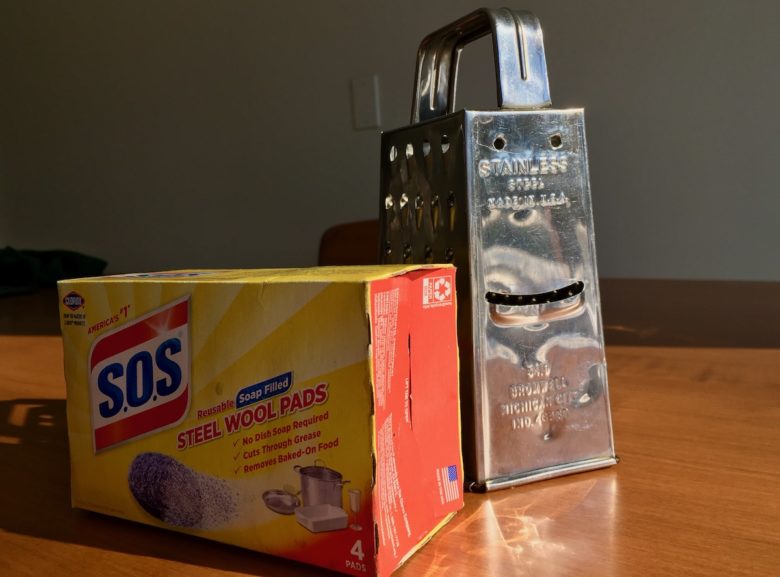
Since making a commitment about two years ago to purchase items made in America, I’ve been looking at everything I own to see where things have been made.
Most of my clothes were made in China or other Asian countries. Finding clothes made in America can be tough. I have to do research, and it means I no longer simply “go shopping” at a place such as Lord & Taylor when I need a party dress for the following week.
Unfortunately, many brands have moved offshore, including venerable US brands such as Hoy Shoe Company, manufacturers of the iconic Salt Water® sandal. The footwear company, founded in 1944 by Walter Hoy, used to produce all of its sandals and shoes in St. Louis, Missouri. No longer. The classic sandal is now made in China.
I still have my son’s first pair of infant Salt Water sandals sitting on my office shelf. I was pleased to see “Made in the USA” stamped into the leather sole and am saddened the company believed it had to move its operations offshore. I look at the sandals and wonder how many people lost their jobs.
Some of the furniture I purchased before 2000 was made in the US; the stuff purchased relatively recently was not. I can tell the difference even without looking for a label because the items made offshore are cheaply constructed and lack elegance of craftsmanship.
As I began to source new manufacturers, I was very excited to learn of Joybird Furniture, which makes reproduction mid-century furnishings by hand (I own a mid-century ranch house). Alas, everything is constructed in Mexico, something the company doesn’t tell you on their somewhat misleading website.
Many of my kitchen utensils, purchased years ago, were made in the US although today many manufacturers have moved to China or other countries. KitchenAid stand mixers (mine is ca. 1990 and still going strong) are still made in the US. Calphalon cookware used to be made in Toledo, OH, but is now made in China. When I learned this, I was pretty bummed because I like this line of cookware. But, my US-made pots are still in good shape, so I’ll be hanging on to them until they or I bite the dust.
Bromwell Grater — Still Made in the USA
I like to cook but I don’t like a lot of gadgets taking up space on my counters. I don’t own a blender, a bread maker, electric can opener, or even a microwave. Nor do I own a Cuisinart food processor (made in China).
When I need to shred or grate cheese or veges, I rely on my metal grater. It wasn’t until this past week, when I pulled it out of the cabinet, that I realized it was made in the USA. A quick search revealed that my trusty grater, which has seen years (decades?) of use, is a classic tool made by the Jacob Bromwell® company.
(I shined it up for the photo above using S.O.S Pads — also made in the US. Yay! S.O.S Pads clean just about anything, including the creosote build-up on your fireplace insert glass — just saying.)
Founded in 1819, the Jacob Bromwell company is the United States’ oldest and most respected name in kitchenware, housewares, and heritage-inspired products. All its products are designed and manufactured right here in the US and are guaranteed for life. Many of them, like my grater, are made by hand.
When people learn about my commitment to purchase US-made goods, they often comment about the expense. The Bromwell grater is priced at $125 on the company’s website — a high price indeed when you can get a made elsewhere grater from a high-end retailer for $20. I have no clue how much I paid for mine because I’ve owned it for so long.
Yes, made in the US goods sometimes cost more, especially if they’re made by hand, the way Bromwell makes its kitchenware items. But to quote Bromwell’s Lee Power, Head Coppersmith, “when something is made by machine, there’s not the same feel to it.”
It’s true. When something is made by hand, you can feel this difference in terms of material and craftsmanship. You can feel the heart and soul of the person who crafted it. (This is the reason I now put my company name on the websites we create for manufacturers).
You can learn more about Jacob Bromwell and their hand-crafted products by visiting their website.
Why I buy Made-in-America
I began buying American-made goods as a way to support US manufacturing. But the more I read and learned, the more I realized it was much more than that.
Buying American means I support the company doing the manufacturing and its supply chains, which are often comprised of small, family-owned OEMs and job shops (aka, my customers).
A company such as Yankee Candle, which makes all of its candles here in the US, needs items such as wax, jars, wicks, and wick clips. Those items get produced in the US as well — creating yet more jobs. In fact, I toured the company that stamped out the billions of wick clips used by Yankee Candle every year. This company employed younger men and women from the inner city — the working class people who need secure jobs.
Ditto for a company such as Mathews Brothers in Maine. The company sources all window materials from US suppliers and manufacturers.
Buying American also means I live true to my own ethics and integrity. When I changed my diet to include only humanely, pastured raised meat, dairy and eggs, I did it because I could no longer support the torture of animals raised on factory farms.
It’s the same for manufacturing. Here in the US, we have all kinds of regulations and laws in place that protect workers. In China and other countries, these laws don’t exist. In his book Junkyard Planet, for example, Adam Minton talks about workers in the metal industry subjected to intense heat, fumes, and molten metal — all without any protection whatsoever.
Minton describes factory workers wearing normal clothing and flip-flops doing dangerous jobs — something you’d never see here in the US. These workers are paid very little, work long hours, and are easily replaced when they become ill, are injured or die.
Thus, I’ve become much more mindful of how I shop and the origins of the products I do buy. It means I buy much less stuff these days, but when I do buy things, I’ve done research and feel good knowing I’m supporting my country and our workforce.
To be clear, I’m no saint. I still work on an Apple MacBook Pro and use an iPhone (although I haven’t yet upgraded from my 6s) because you can’t buy US-made electronics anymore. It bothers me that I use Apple products given the allegations against the company for exploiting its labor, but I’m not sure what else to do. So, I do what I can.
I know that by myself, I can’t stem the tide of US companies moving their production offshore. But I hope that by calling attention to the American-made movement, I can encourage others to buy a few more American-made products, even if they do cost a little more. Working together, we can bring jobs back to this country and over time make our working and middle-class prosperous. That’s my vision.
What do you think? Are you part of the growing movement to buy American? Or do you think it no longer matters? Leave your comments below.
Post-Script – February 9, 2022
This post and its message may seem a bit dated. Manufacturers are finding it difficult to fill jobs. Due to COVID and supply chain challenges, some companies are now reshoring their operations.
So is the message to buy Made in US to save jobs still relevant? Yes!
One, walk into any department store or retailer and you’ll still see tons of stuff made elsewhere.
Two, not everyone is destined for a four-year university degree; manufacturing offers anyone a secure job with great pay, benefits, and a safe working environment.
And three, buying Made in USA means you support the companies and people who are working so hard to keep US manufacturing strong and healthy — locally and nationally.

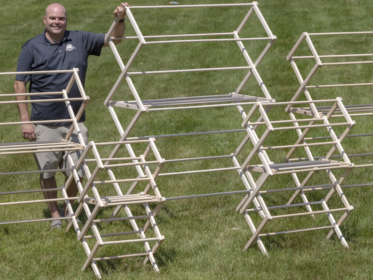
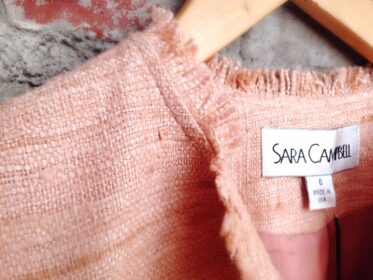
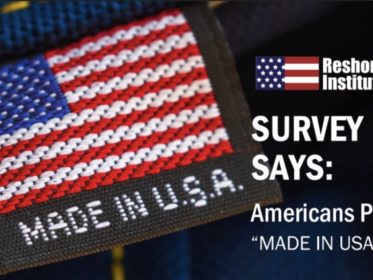
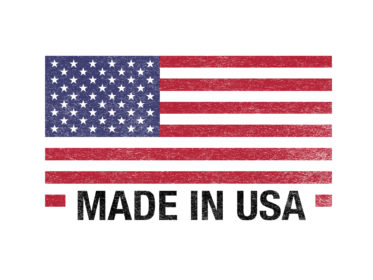
Cory Ploessl
Great article Dianna.
I went to school with an artist from Hong Kong who made a lot of work about exploitation of workers in clothes factories in China. One piece that stands out, she took a common men’s dress shirt from the GAP and destitched every single stitch by hand while counting them out in Cantonese, recorded her hands doing it and then projected the video on the disassembled garnet. Chinese garment workers get minutes to create a shirt while it took her 4.5 hours to take one apart. I think she was thinking about the connection of time, labor, and worth.
Check it out: http://www.christy-chow.com/#!–laborland/c179e
Dianna Huff
Cory,
Amazing and thought-provoking video. Thank you.
I often think about the cost of an item such as a Gap shirt. The price of the shirt includes materials (often made in China), shipping from China, packaging, the retail stores, paying the sales people, and marketing (to name a few things). And of course, paying the CEO millions. Yet still, the shirt is relatively inexpensive — or is considered a “cheap luxury” — because the rate for labor is pennies.